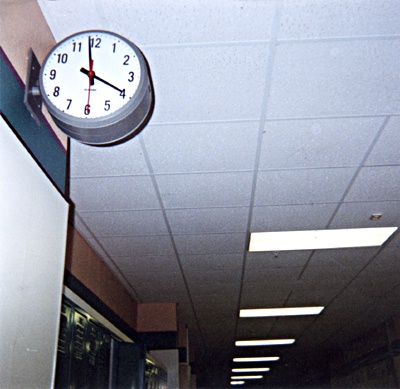All Nonfiction
- Bullying
- Books
- Academic
- Author Interviews
- Celebrity interviews
- College Articles
- College Essays
- Educator of the Year
- Heroes
- Interviews
- Memoir
- Personal Experience
- Sports
- Travel & Culture
All Opinions
- Bullying
- Current Events / Politics
- Discrimination
- Drugs / Alcohol / Smoking
- Entertainment / Celebrities
- Environment
- Love / Relationships
- Movies / Music / TV
- Pop Culture / Trends
- School / College
- Social Issues / Civics
- Spirituality / Religion
- Sports / Hobbies
All Hot Topics
- Bullying
- Community Service
- Environment
- Health
- Letters to the Editor
- Pride & Prejudice
- What Matters
- Back
Summer Guide
- Program Links
- Program Reviews
- Back
College Guide
- College Links
- College Reviews
- College Essays
- College Articles
- Back
Back to Online School
As the COVID lockdown in the United States stretches on into its sixth month, students have to focus on beginning another school year. And with that, school boards and committees are now faced with a difficult decision: whether to continue school online or to return to in-person learning.
At this point, most students around the world have experienced online/remote learning in some fashion. Zoom calls, countless emails, and other online learning aids have become second nature to them. The concept of remote learning has made it possible for students across the globe to learn with their peers in the US while still in quarantine. Additionally, students are able to tailor their school schedules to their daily routines, and not the other way around. Instead of having to commit 8 hours per day for school, students are now given the ability to watch recorded lectures and complete assignments on their own time. And of course, students are able to safely both quarantine and social distance themselves during the pandemic.
However, many critics have pointed out the many flaws that the remote system has. For starters, it may be more difficult for hands-on students to learn over the internet. Being able to see something in person is much more meaningful than seeing it on a computer screen. And that’s not even addressing subjects like Chemistry and Physics where it is necessary to do experiments in school for students to learn. While the learning aspect of school may be hampered through remote learning, the same can be said about the social part. School used to be a time where students could talk and share stories about their weekends with one another. A recent survey by the American Civil Liberties Union of Southern California found that mental health was severely hurt by schools shifting online. Anxiety, stress, and depression are just three of the effects of learning in isolation.
However, health officials have long warned about the detriments of students coming back to campuses. Without proper protection, students would be easily susceptible to catching the virus. The argument has been made, though, that young people are much more adapted to the virus and wouldn’t show symptoms if they caught COVID at school. While this may seem like good news, it's troublesome for health officials. Sending students back to school without certain precautions may actually drive the students’ high transmission rates even higher, as many students could go undiagnosed. Just take China as an example, where 86% of cases were undiagnosed because of people showing no symptoms, yet they caused 79% of the diagnosed symptoms.
Despite this, many have felt the need to return to in-person learning. President Donald Trump has already stated his desire for schools to reopen, urging schools to open in the fall with proper safety precautions. Last month, more than 1,000 four-year colleges and universities have already committed to bringing their students back to campus for in-house learning, and many more have adopted a “hybrid” system of teaching. While schools such as the University of North Carolina have already gone remote due to an uptick in cases from in house learning, only time(and science!) can tell whether or not physical learning is plausible.

Similar Articles
JOIN THE DISCUSSION
This article has 0 comments.

This piece was initially my curiosity of reopening schools being put onto paper, but then I started to reflect whether it was worth it or not.